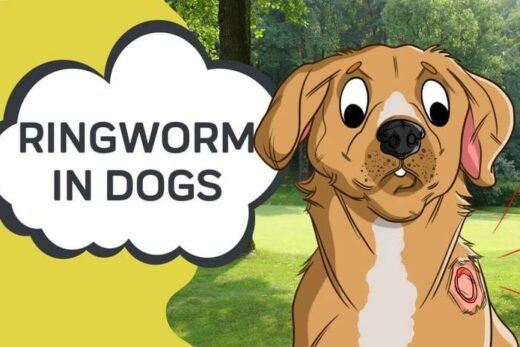
Sadly, cancer is a diagnosis we make all too often in veterinary medicine. Going through a diagnosis of cancer with your pet can be a worrying and uncertain time. There are many different types of cancers that can afflict a dog, some of which carry a more guarded prognosis.
While ‘GP’ vets can usually manage patients during their diagnosis and treatment, it is not uncommon for a dog to be referred to a specialist oncologist. This can be costly and owners may need to travel some distance to the referral centre. It will not be the right choice for everyone.
The most Common Cancers we see
There are a huge variety of cancers that can affect a dog. Cancer is defined as ‘uncontrollable’ cell growth, and this can occur anywhere in the body. Some of the ones we see most frequently include:
Osteosarcoma. This is an aggressive cancer involving the bone, which is typically diagnosed in large and giant breed dogs such as the Rottweiler and German Shepherd. Signs can include a severe lameness and pain and swelling in the affected area. We can diagnose this cancer with an x-ray and biopsy. Sadly, the prognosis is very poor. Even with surgery and chemotherapy, most dogs won’t survive more than 12 months.
Hemangiosarcoma. This cancer type affects the cells that line blood vessels and we tend to see it affecting the spleen. The growth itself causes minimal symptoms until it ruptures and the dog experiences massive internal bleeding. Dogs can suddenly collapse and will have pale gums and fast breathing. Sadly, while a surgery can be performed to remove the affected spleen, the tumour has usually spread by the time we see the dog.
Mast Cell Tumour. This tumour is also known as ‘the great pretender’ as it can take on many forms. They can be flat or raised and many different colours. We see these tumours most often in the Boxer and Boston Terrier.
Mammary Carcinoma. One of the main reasons I advise neutering for most female dogs is that, when done early enough, it significantly reduces the risk of mammary cancer. Mammary cancers can be aggressive and may spread to places like the brain and lungs. They usually grow near the nipple and can be sized anywhere from a pea to a basketball.
Lymphoma. Lymphoma begins in the immune system and signs can include swollen lymph nodes, weight loss and increased thirst. Any swollen lymph nodes should be sampled. When found early, many forms of lymphoma can be treated with a favourable outcome.
Testicular Cancer. When a dog is not castrated, a new lump on their testicle is something we must pay attention to. Testicular cancers are not uncommon. When found early on, castration is usually curative.
Signs of Cancer
There are a huge range of signs that can be caused by canine cancer and the signs we see will depend on the type of cancer involved. Some animals may simply have a mass or lump, while others will experience symptoms including excess thirst, weight loss, coughing, limping or vomiting.





